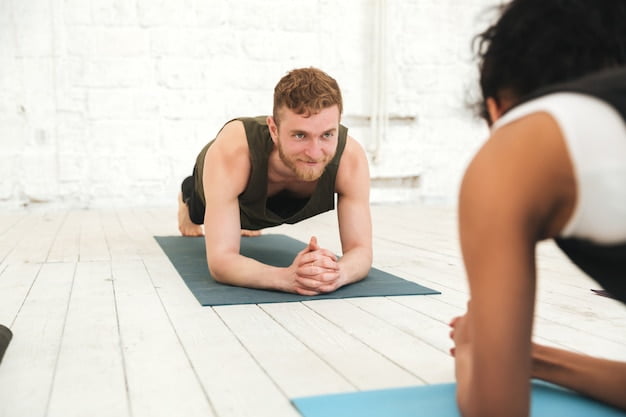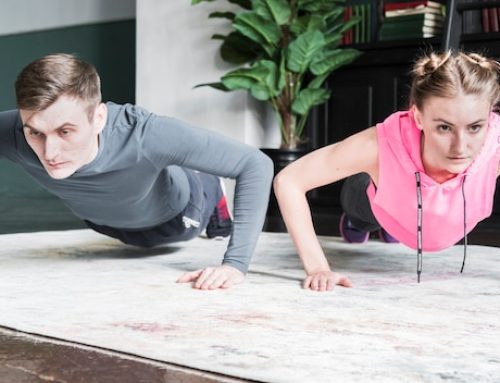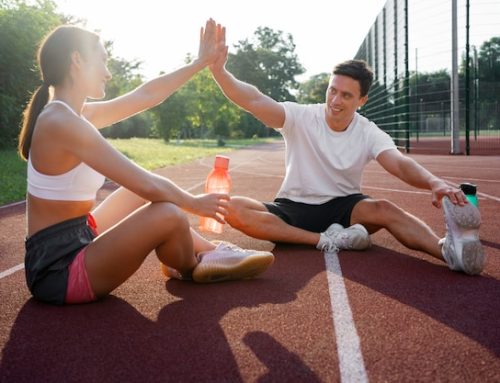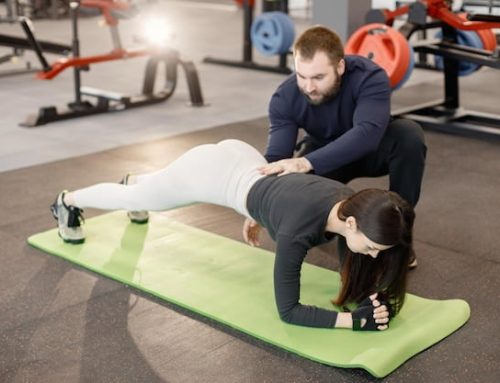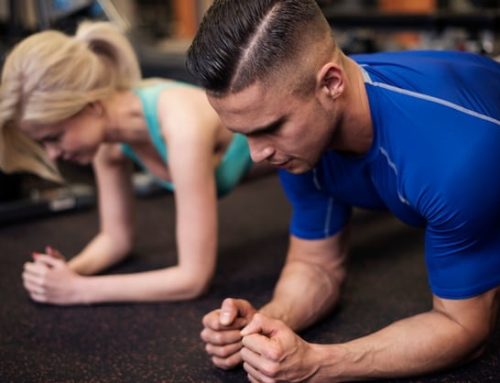The 6 Skill-Related Components of Fitness: Essential for Sports-Specific Training
Sports-specific training is essential for athletes who want to succeed in their respective sports. Such training involves exercises and drills that are designed to improve the specific skills needed for a particular sport. To be effective, sports-specific training must be based on the six skill-related components of fitness. In this article, we will discuss what these components are and why they are essential for sports-specific training.
Component #1: Speed
Speed is the ability to move quickly from one place to another. In sports, speed is essential for athletes who need to outrun their opponents or get to the ball first. Some sports that require speed include track and field, basketball, football, and soccer.
One way to improve speed is through sprint training. This involves running short distances at maximum speed, with rest periods in between. Another way to improve speed is through plyometric training, which involves explosive movements like jumping and bounding.
Component #2: Power
Power is the ability to exert maximum force in a short period. In sports, power is essential for athletes who need to perform explosive movements like jumping, throwing, or hitting. Some sports that require power include weightlifting, volleyball, and baseball.
One way to improve power is through resistance training. This involves lifting heavy weights at low reps, which helps build strength and power. Another way to improve power is through explosive exercises like medicine ball throws or box jumps.
Component #3: Agility
Agility is the ability to change direction quickly and maintain balance. In sports, agility is essential for athletes who need to dodge defenders or move around obstacles. Some sports that require agility include basketball, soccer, and football.
One way to improve agility is through cone drills. This involves setting up cones in a pattern and running through them as quickly as possible. Another way to improve agility is through ladder drills, which involve stepping in and out of a ladder on the ground.
Component #4: Coordination
Coordination is the ability to use different body parts together smoothly and efficiently. In sports, coordination is essential for athletes who need to perform complex movements like catching or throwing. Some sports that require coordination include gymnastics, tennis, and basketball.
One way to improve coordination is through balance exercises. This involves standing on one foot or on an unstable surface like a balance board. Another way to improve coordination is through ball drills, which involve bouncing or passing a ball in different directions.
Component #5: Reaction Time
Reaction time is the ability to react quickly to a stimulus. In sports, reaction time is essential for athletes who need to respond to a sudden movement or change in direction. Some sports that require reaction time include boxing, tennis, and football.
One way to improve reaction time is through agility drills. This involves running through cones or other obstacles as quickly as possible. Another way to improve reaction time is through hand-eye coordination exercises, which involve catching or hitting a ball that is thrown or hit in different directions.
Component #6: Balance
Balance is the ability to maintain stability and control of the body. In sports, balance is essential for athletes who need to stay on their feet during sudden movements or when making contact with an opponent. Some sports that require balance include martial arts, gymnastics, and figure skating.
One way to improve balance is through standing exercises on an unstable surface like a balance board or foam pad. Another way to improve balance is through single-leg exercises like lunges or squats.
Conclusion
In conclusion, sports-specific training must be based on the six skill-related components of fitness to be effective. These components include speed, power, agility, coordination, reaction time, and balance. By incorporating exercises and drills that improve these components, athletes can improve their performance in their respective sports. Keep in mind that each sport may require a different emphasis on one or more of these components. Consult with a sports-specific trainer or coach to design a training program that is tailored to your individual needs and goals.
